

On Thursday, November 2, 71-year-old Rick Berry headed to Guadalupe Mountains National Park for a day hike in the northern part of the park. He texted his family his plans and brought enough food and water for the day. Like many hikers, he was alone that day but had hiked in this park before and was used to the terrain. However, by Sunday, November 5, the National Park Service (NPS) sent a press release stating Rick Berry was officially missing.
Videos by Outdoors with Bear Grylls
The Backdrop: Guadalupe Mountains National Park
Guadalupe Mountains National Park is one of the least visited national parks in the continental U.S. For instance, Guadalupe sees fewer than half the number of visitors to Texas’s other national park, Big Bend. Guadalupe sits east of El Paso, TX, and just south of the New Mexico border. Despite the remote destination, it’s a short drive to Carlsbad Caverns and White Sands, at least by national park standards.
The park is a rocky desert and very dry. In fact, the park has no reliable water sources. An occasional creek or wash may have some water, but no rivers run through it.
The Texas park’s claim to fame is Guadalupe Peak. At an elevation of 8,751 feet, the peak is the highest point in the Lone Star State. The hike is a popular challenge for visitors, and you’ll find most guests there. However, on November 2, Berry headed to the park’s quieter north side.
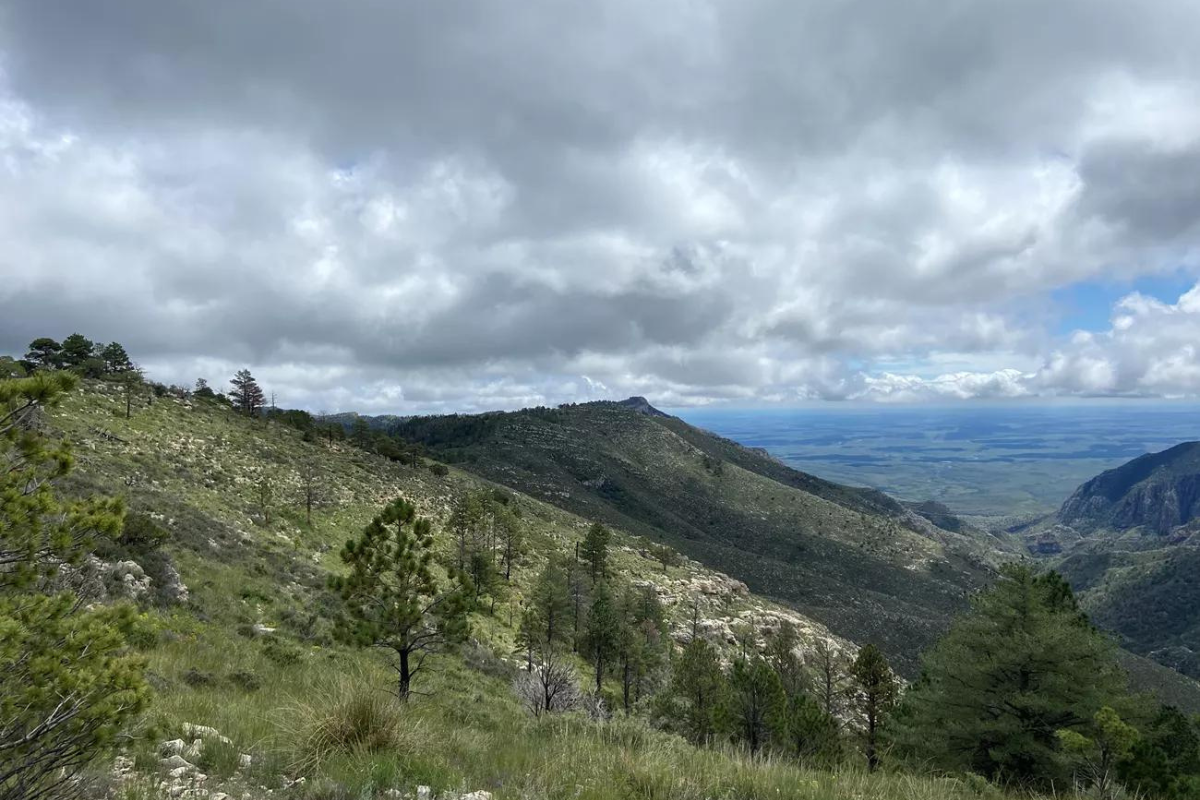
Berry’s Lifelong Passion for Hiking
“I still feel dehydrated after all this time. I’ve been drinking a lot every day and trying to stay on top of that,” says Rick Berry, now from the comfort of his home. More than 10 days after he was found alive, he still feels parched. “There’s still some swelling. So I’m not sure what’s up with that, but it’s going fine. It’s just a lot slower than I anticipated.”
Berry survived five days in the Chihuahuan Desert, including four days without food or water. Remarkably, Berry spent just one night in a hospital before he was released. Since he got home, he’s been taking it easy and letting his body recuperate from the ordeal.
Berry has been an avid hiker for years. In his younger days, he explored much of what Texas had to offer, but his hiking trips turned into camping trips once he had a family. Years later, his kids were grown and had families of their own. When Berry was in his late 60s, a friend got him back into hiking. Since then, he has explored and conquered peaks around the southwest, including some challenging hikes in Arizona, where he came to terms with his age and refocused simply on getting outdoors.
“I still enjoyed the hikes, or what I made of them, but I decided I was 70 at the time, and I just decided I needed to scale back and enjoy the hike more. I’m not challenging myself so much,” says Berry. “I didn’t consider this [Guadalupe Mountains] that serious of a hike. I’d only been to that north part of the park one other time where I did two out and backs.”
Berry planned his November hike based on that previous trip and figured out how to make a loop on the Tejas and Bush Mountain Trails by connecting them with the Marcus Trail. The trek was a little over 10 miles with just over 2,000 feet of elevation gain.
“I always keep my kids updated on what I’m planning and get feedback from them because I appreciate their input,” says Berry. “My older son said, ‘Dad, that’s an awfully long hike.’ But I felt like I could do it. So anyway, I decided to take it on.”
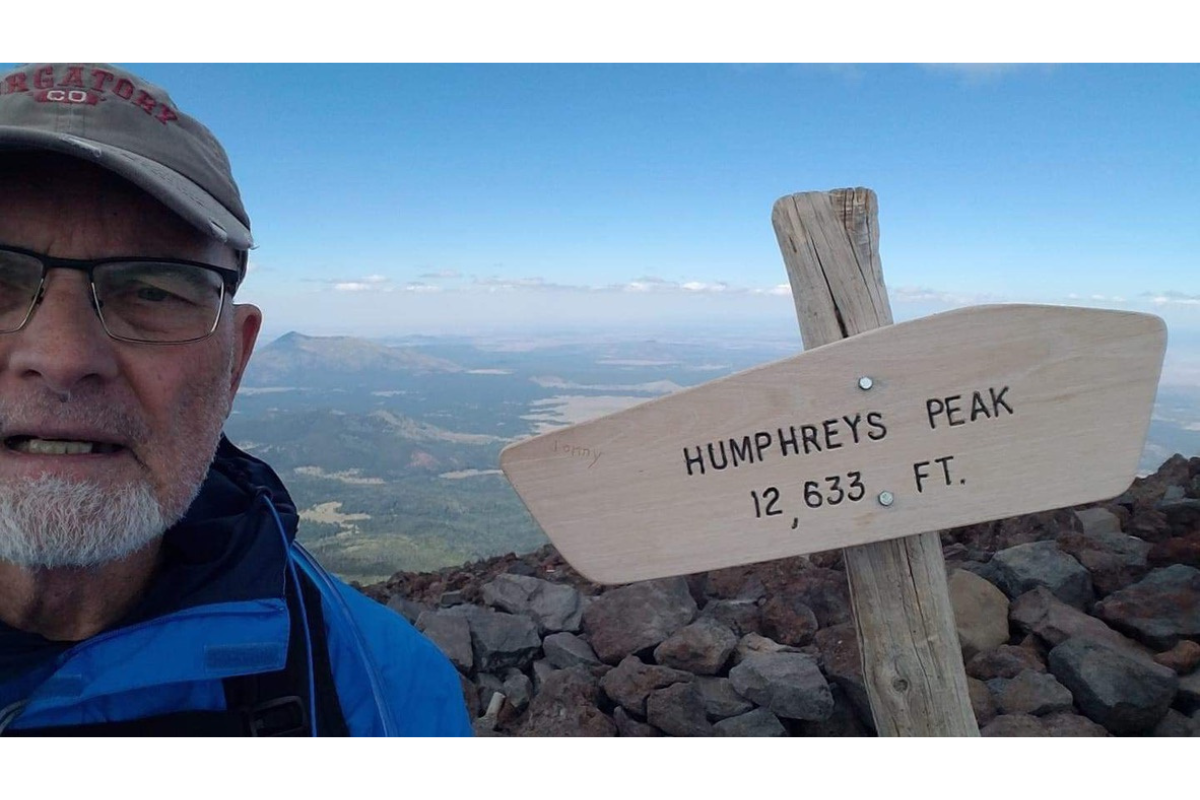
Day One
While he’s an avid hiker, Berry says he’s not a big overnight backpacker, so most of his trips are day hikes. He planned for the hike to take a single day, and Berry brought only a few extra snacks and carried the amount of water he would need for the trip.
Shortly after starting the hike, Berry noticed he was on the opposite trail that he planned to start on. However, it shouldn’t make a big difference as a loop, so he continued.
Further down the Tejas Trail, Berry passed the out-and-back sign, where his previous hike had ended. He continued to the connecting trail and passed about a dozen college-aged hikers heading in the opposite direction. Unbeknownst to Berry, they would be the last people Berry would see for the next few days.
“I yelled at the last of the group and said, ‘Y’all have a good day.’ They didn’t hear me, but I did talk to them previously and told them my plan, because I asked if they had been on the Marcus Trail before. That was the new part of the trail to me,” says Berry. “And so, I headed down the Marcus Trail, and it was not a good trail. It was overgrown with brambles and bushes. There were also three or four large fallen trees across the trail that you had to scramble.”
Despite the slowdown, Berry made it through that section of the trail okay. He soon arrived at the Marcus Campground and saw another sign for the Bush Mountain Trail to continue his journey. The trail ahead appeared to be marked with rock cairns, stacked rocks sometimes used to highlight the path of a trail.
Soon, the cairns disappeared, and Berry found only one massive pile of rocks.
“I’ve contemplated on that since and wondered if somebody just decided to collect up all the rock cairns in the area and make this giant cairn, and then you don’t know where to go,” says Berry. “I looked around for five or 10 minutes and walked around, and in every increasing circle, I never found it. So finally, I just didn’t have time to waste anymore, and I headed up a ridge.”
At this point, Berry noticed his hiking app showed him still on the trail despite not believing he was. His phone was out of service and almost out of battery. However, he remained calm and believed he could find his way back.
Over time, Berry was tired of bushwhacking his way around the park. Eventually, he found a two-track dirt road and decided to follow it. The path led to a fenced park boundary. A sign on the opposite side read, “Welcome to Guadalupe Mountains National Park. Welcome to Texas.”
From there, Berry believed he needed to backtrack and head east, but it was getting dark, and he decided it was best to call it a night and try to rest. He says he was out of snacks by mid-afternoon and finished the last of his water by 8 p.m. that night. Despite all of this, he says he still felt confident that he would find his way out.
Waiting by the Phone
“On Thursday morning, he sent us a text saying that he was heading out for his hike. I told him to have fun,” says Katie Roberts, Berry’s daughter. “A couple of hours later, we got a screenshot of his map of where he was, which wasn’t unusual.”
However, Roberts says it became a little unusual when she and her siblings hadn’t heard from her father that night. Berry had a habit of sending pictures of his hikes in the family group chat, but tonight, there was nothing. Her brother texted and asked how the hike was. There was no reply, but the family assumed he was tired or hadn’t plugged his phone in.
That changed the next day when no one had heard from Berry by Friday afternoon.
“We were starting to text like, ‘Dad, what’s going on?’ That sort of thing,” says Roberts. “By Friday night, we were starting to call him, but calls were going to voicemail. That’s when our anxiety kind of escalated, like this isn’t feeling right.”
The family kept their spirits high and thought maybe it was car trouble or something less of an ordeal than their father being lost in the wilderness.
That changed Saturday morning when there was still no word. Roberts’ brother called the hotel and found out Berry never checked in.
“That was the first major red flag. He would not let a hotel charge him and then not show up to it,” says Roberts. “That’s when my youngest brother called the sheriff’s office and the park service.”
Roberts says the park service immediately sprung into action, sending park rangers out to the trailhead to check for Berry. The rural area took officials two hours to arrive, and when they did, they found Berry’s car at the trailhead but no sign of Berry. Now, two days after Berry headed out on his hike, his family knew he was in danger, and Roberts says their hearts collectively stopped.
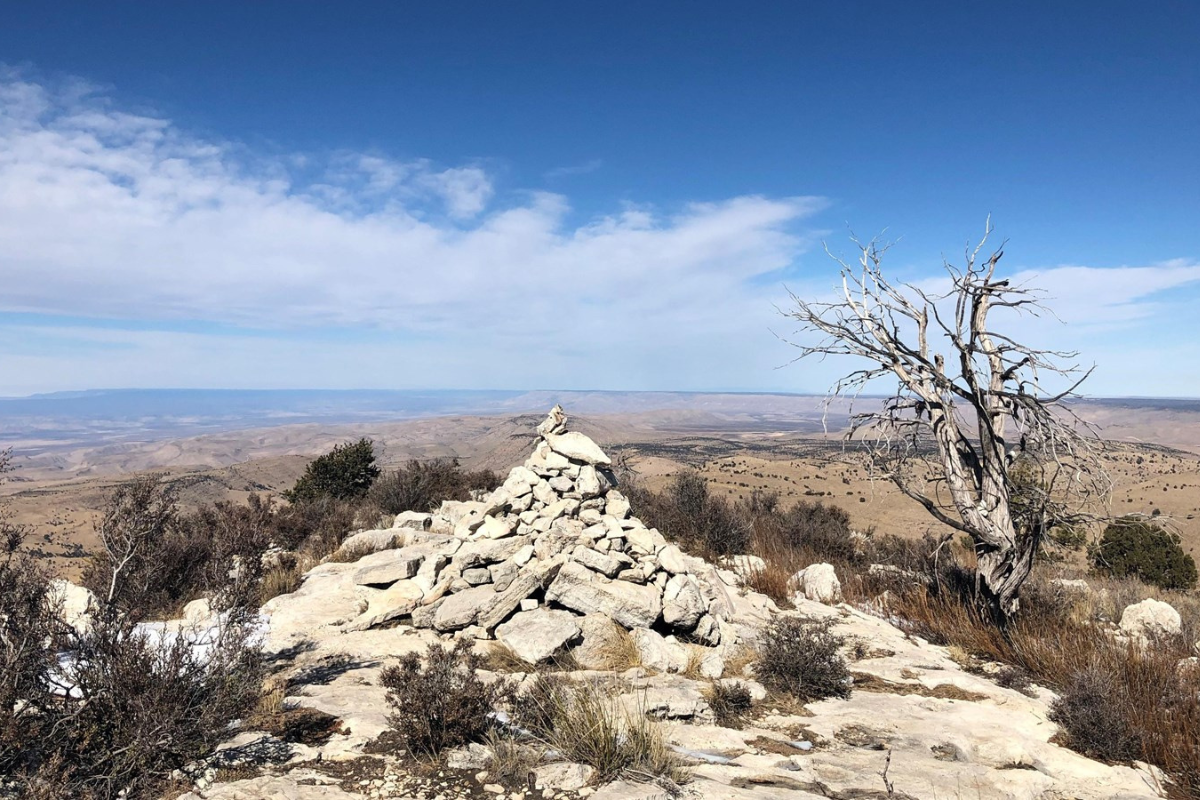
Day Two
Berry was exhausted the next day, Friday, November 3, after lying on the ground overnight in the cold desert. Berry says he stayed warm by essentially exercising now and then. He worries that the decision wasted his energy, but he says at the same time, he wasn’t going to get much sleep regardless.
By sunrise, Berry continued his hike back east, looking for a ridge that would be easy to identify. However, the path there was treacherous, with ravines and steep washes.
“I’m very thankful to God that he didn’t let me make a misstep at that point,” says Berry. “I made it through all that.”
The exhausting section of hiking led Berry to another two-track dirt road that he followed. Looking back, Berry now believes he had exited the park at this point and was on nearby ranch land. At the peak of the day, the heat became too much, and Berry spent time resting under a tree.
Back on his feet, Berry was exhausted but said he saw a peak he knew from the park. Berry tried to bushwhack his way toward that landmark, but it became too much, and night fell once again.
Day Three
“When I woke up on the third day, it had been almost 36 hours without water,” says Berry. “The bushwhacking and two-tracks hadn’t worked out very well at this point, so I saw a stream bed and decided to follow it north.”
Berry followed the dry stream bed, which wasn’t a much easier hike either. Eventually, he found a pine tree on the side of the dry stream and sat down to rest, which would be the end of his day. He was too exhausted, hungry, and dehydrated to press on.
Meanwhile, Berry’s family was springing into action in another part of the state. One of his sons left from nearby Lubbock and headed to Guadalupe. The other son left from Houston, which is easily a nine-hour drive across Texas. His daughter says most of them arrived at a hotel outside the park until around 10:00 p.m. that night.
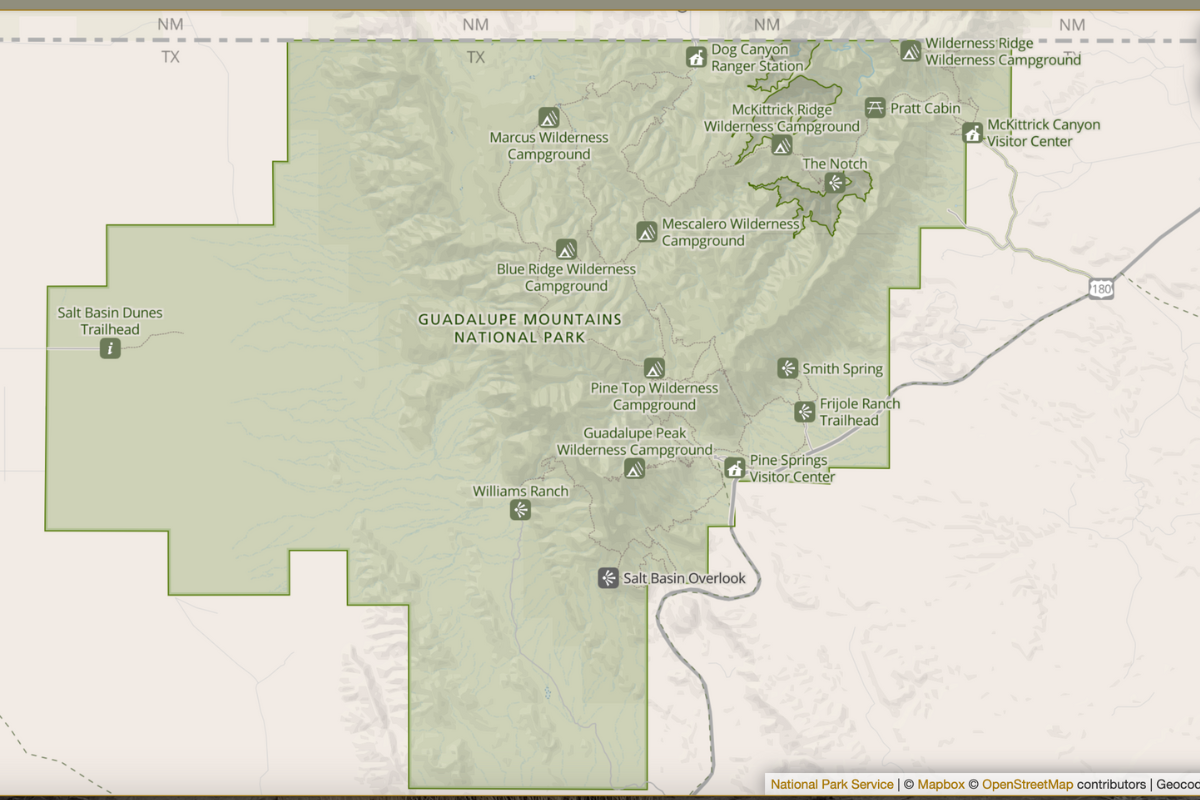
Day Four
The next day, the National Park Service sent out press release and social media posts, alerting the media and the general public that a hiker had gone missing in Guadalupe Mountains National Park.
“That was kind of another punch in the gut that this is real,” says Roberts. “But at the same time, you’re going, this doesn’t happen to people, right? This only happens in the movies.”
The feeling of disbelief didn’t bring Roberts or her family any reassurance on Sunday. They knew their father was out there, but there is only so much anyone can do in this situation.
“I wanted to be with my dad wherever he was,” says Roberts. “During the day, I think you can kind of hold on to hope better, but darkness would start to fall, and the helicopters would come back in. It would get quiet and I knew that my dad was going to be scared and alone and also cold. I did not want my daddy to be cold, and I would reach out to friends and just say, please pray that my daddy is not cold and scared.”
The National Park Service worked with the family and asked them not to let the emotions get the best of them and avoid heading into the park on their own. The guidelines from search and rescue were meant to prevent multiple people from getting lost. However, in this situation, Guadalupe Mountains officials did allow Roberts’ brother to come along as they searched the park on Sunday.
Just miles away in the park, Berry knew they were looking for him and could hear the sound of far-off helicopters. He woke up under the tree and had trouble keeping his balance. He had run out of time to find his own way out and now relied on a rescue. Berry slowly moved across the way from that tree to another in an open clearing.
“I wasn’t going to walk out at that point,” says Berry. “I just didn’t have the energy reserves to do much at all. I was very much relying on my walking stick to keep me upright on that short trip to that other tree.”
Then, Berry saw a helicopter flying low. He stood up as much as he could and waved his walking stick in the air, but the aircraft moved on.
Berry says he later found out the helicopter flew with only a pilot who was looking while flying, making it difficult to spot someone. The helicopter’s main job was delivering hikers to various areas of the park to help in the search.
Despite the helicopter leaving, seeing the aircraft gave Berry new hope. He says he positioned himself up against the tree for when the helicopter returned. Four hours later, it returned but once again didn’t spot Berry.
“I couldn’t believe it. He was looking right at me, but he didn’t see me,” says Berry. “So I just, at that point, settled down. I really dreaded the fourth night out, but it came and went.”

Day Five
Berry says the following day, he again positioned himself in the clearing and placed his bright blue jacket in the tree so it would be easy to spot.
“I just prayed and hoped,” says Berry. “I heard the helicopter, and it came by but wasn’t as close. But right after the helicopter, I heard a noise and looked up, and there was a pickup truck on the two-track.”
Berry says he started yelling as loud as he could. Fortunately, the truck stopped and released a search dog, who quickly located him.
Rick Berry was found.
“I don’t think I had much time left. I was probably in worse shape than I even realized,” says Berry. “I was just thankful to God. The lady who found me started praying over me. She was literally praying to God for my health and safety, and that was very comforting to me.”
Berry later learned the truck was part of a Border Patrol tactical unit scheduled to train on Monday. Instead, they decided to join the search. Berry believes that choice saved his life.
The search team gave him an I.V. bag, and within moments, the helicopter arrived with a paramedic who flew Berry back to the Pine Springs Ranger Station. Then, an ambulance transported Berry to a hospital in Carlsbad, New Mexico.
Remarkably, it had been 90 hours since Berry had his last sip of water, pushing the standard belief that people can last three days or 72 hours without water.
“We were fairly hopeful, but by Monday, we realized that we were hoping for a miracle,” says Roberts, who was waiting with family and several national park representatives when the news broke that her father was alive. “Three park service people came running over. I bolted up and thought I was going to throw up. I just was terrified. But they ran in and said, ‘We found him. He’s alive.’ There were screams and crying, and I fell to my knees.”
Within 24 hours, Berry was released from the hospital and headed home.

Back at Home
“I feel badly because I know it’s a massive effort,” says Berry about the search effort. “There were at least two helicopters involved, and there were dozens of search teams and all the resources put in place all because I was too cheap to buy a portable battery charger for my phone.”
Berry says he also plans on getting a GPS device and will no longer hike solo. However, there is a lot Berry did right. Simple steps like texting his family his plans ahead of time helped searchers focus in on specific areas of the park. Regardless, he feels guilty for the rescue efforts, but in reality, national parks, along with national forests, state parks, and other outdoor spaces, experience missing hikers every year.
In fact, there are hundreds of reports every year. An investigation by the New York Post found 1,180 missing people reports in national parks between 2018 and the first two months of 2023. Many of these cases are quickly resolved. Unfortunately, some end badly, but stories like Berry’s provide hope.
“You have to keep your head and think. Just do the best you can, and you have to do it quickly,” says Berry. “If you don’t do it in the first two days, you will run out of energy. You’re going to end up reliant on other people to find you. So, it’s just important to try and do the best you can in those first two days.”
Berry’s daughter, Katie Roberts, has a similar message for those left worried at home.
“Just hold on to hope. Clearly, my dad’s case shows the human body can do a lot more than we used to think they could,” says Roberts. “They [park officials] were saying that they were going to look at adjusting how long they search for people because he showed that it is possible to be out there after a day or two. So, hold on to hope. The human body and the human spirit can do a lot more than we give it credit for sometimes.”


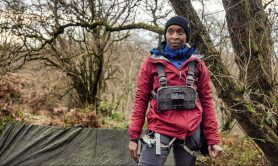
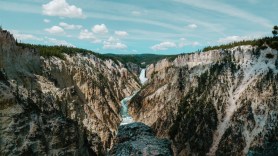
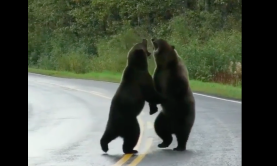
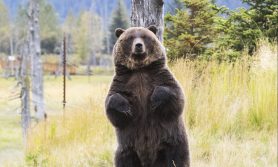
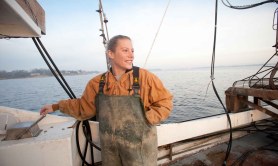

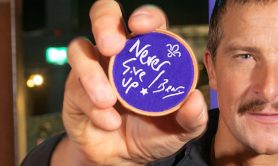
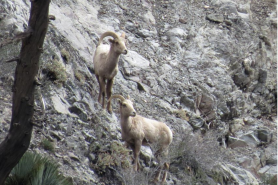
Pingback: Mystery on Mt. Fuji: Three Bodies Found During Search Mission - Senderismo Total